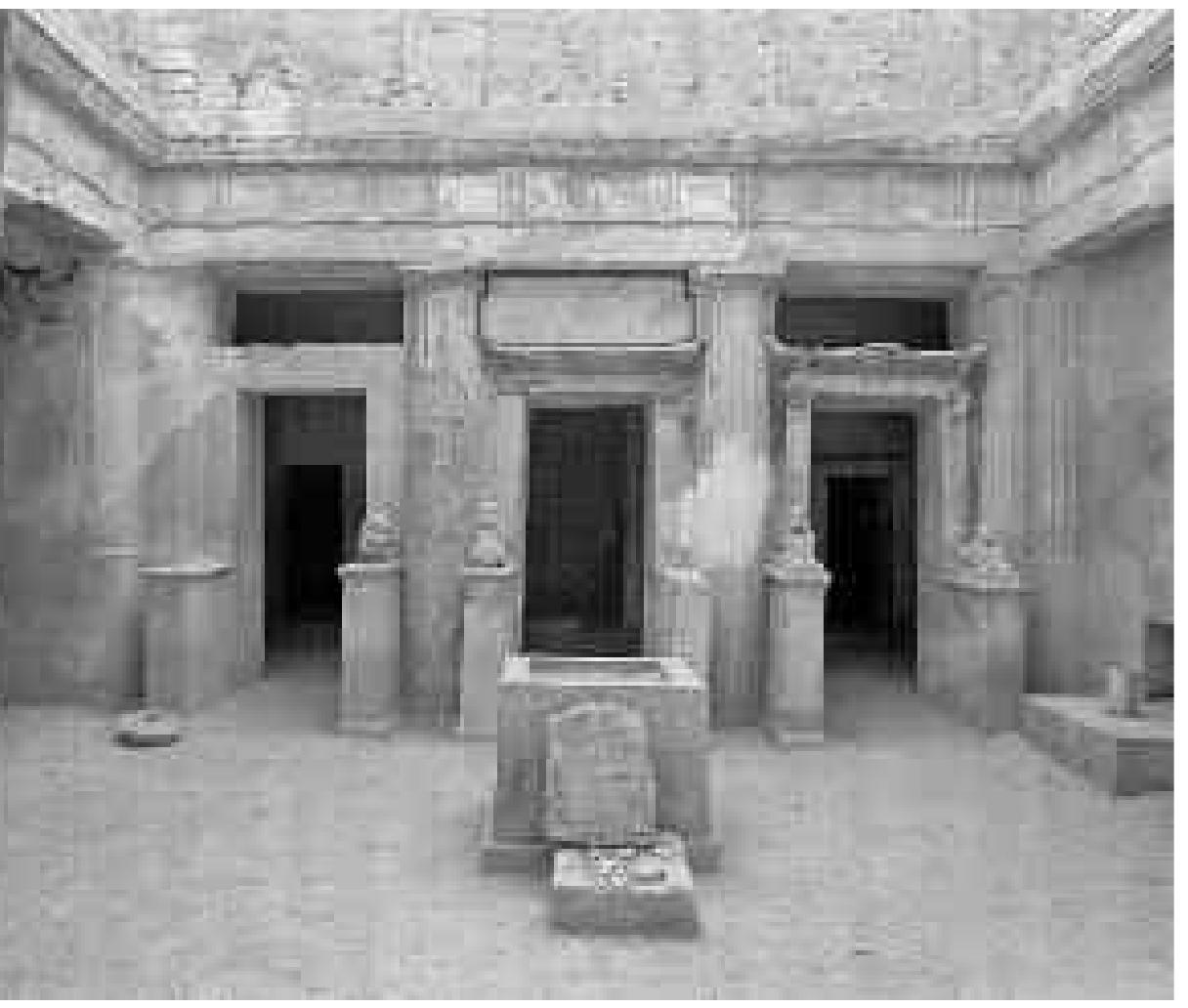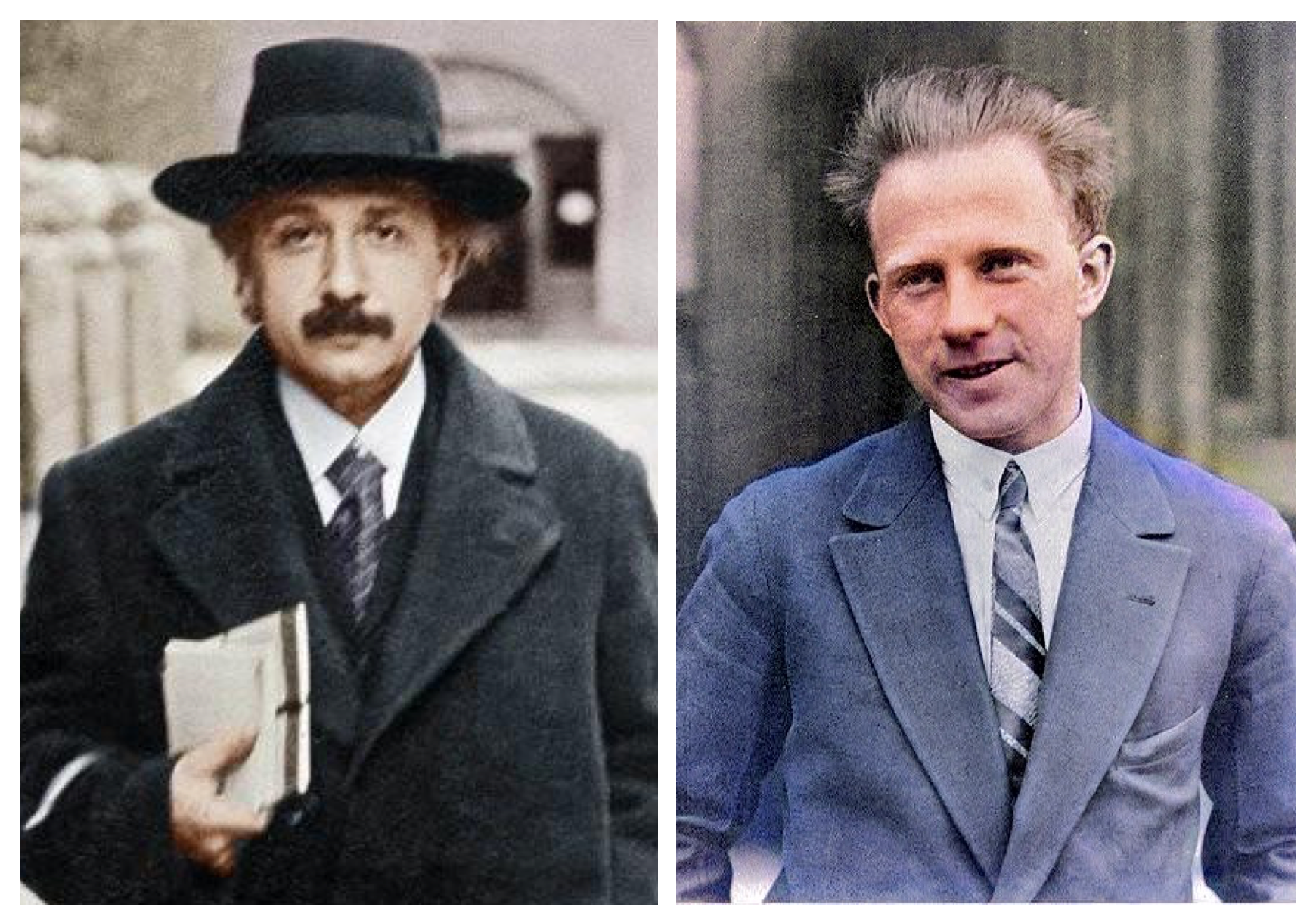Niels Bohr stands as one of the most influential figures in the history of quantum physics. His discoveries illuminated the mysterious nature of atomic structure and laid the foundation for the development of modern physics. To understand what Bohr truly discovered, it is necessary to consider the scientific context of the early twentieth century—an era when the limitations of classical physics became increasingly apparent, especially at the atomic and subatomic levels.
The Atomic Model Before Bohr
Before Bohr’s revolutionary findings, the dominant atomic model was introduced by Ernest Rutherford in 1911. Rutherford’s structure depicted a compact, positively charged core with electrons revolving around it, akin to how planets circle the Sun. Despite its innovation, this model had a significant issue: classical electromagnetic theory suggested that electrons should lose energy while orbiting, causing them to crash into the nucleus almost instantly. Nonetheless, atoms are evidently stable, which required clarification. Additionally, the distinct spectral lines seen in hydrogen’s emission spectrum were inexplicable by classical theories, exposing more areas lacking comprehension.
Creation of Bohr’s Quantum Framework
In response to these theoretical hurdles, Niels Bohr released a series of three papers back in 1913, which are now recognized together as the Bohr Model. The significant breakthrough introduced by Bohr was incorporating early quantum concepts—especially Max Planck’s proposition that energy is quantized—into the structure of atoms.
1. Defined Pathways for Electrons Bohr suggested that electrons travel in fixed, defined pathways surrounding the nucleus, each associated with a distinct energy level. Electrons in these paths do not emit energy, according to his unconventional theory. Energy is absorbed or released only during transitions between these paths, manifesting as light, and correlating precisely with the energy variance between the starting and ending pathways. This idea is represented mathematically as:
ΔE = hν
where ΔE represents the difference in energy, h refers to Planck’s constant, and ν denotes the frequency of the emitted or absorbed light.
2. Explanation of the Hydrogen Spectrum
Bohr’s model successfully described the distinct lines observed in the hydrogen emission spectrum. Every spectral line is produced by an electron moving between defined orbits. This interpretation aligned with experimental observations with remarkable accuracy, confirming the quantization hypothesis and revealing the constraints of Newtonian physics in the atomic domain.
3. The Principle of Correspondence
Recognizing the necessity to bridge the gap between quantum and classical physics, Bohr proposed the Correspondence Principle. This principle asserts that quantum outcomes should align with classical physics under specific conditions (like large quantum numbers), guaranteeing harmony across various scientific fields.
Expanding Bohr’s Legacy: Case Studies and Subsequent Developments
Bohr’s quantum model marked a paradigm shift, but its implications and reach soon stretched far beyond hydrogen atoms:
Helium and Multi-Electron Systems
The straightforward nature and effectiveness of Bohr’s hydrogen model inspired efforts to apply it to more intricate atoms like helium. These endeavors highlighted notable deficiencies; the model failed to properly explain the behavior of electrons in systems with multiple electrons due to interactions between electrons and more elaborate energy structures. These constraints led to the development of the subsequent generation of quantum theory—wave mechanics and matrix mechanics—created by Schrödinger, Heisenberg, and others.
The Bohr-Einstein Debates
Bohr played a crucial role in key discussions about the philosophical meanings of quantum mechanics. He championed complementarity, the notion that entities can exhibit wave-like or particle-like characteristics based on the experimental conditions, and supported a probabilistic approach to quantum phenomena, putting him in philosophical conflict with Albert Einstein. Einstein notably challenged this perspective with the remark, “God does not play dice with the universe,” highlighting his unease with the unpredictable nature of quantum theory. Bohr argued back, asserting that these constraints were natural properties, not defects of the theory.
Technological and Scientific Impacts
The Bohr Model’s insights triggered practical innovations and theoretical progress. Spectroscopy as a tool developed into a cornerstone for numerous fields, including chemical analysis, astrophysics, and materials science. Laser technology, quantum computing, and semiconductors all trace their conceptual lineage back to the quantum leaps proposed by Bohr.
In chemistry, Bohr’s quantized electron shells were the first strong explanation for the organization of the Periodic Table, impacting the comprehension of chemical bonding—later enhanced by quantum mechanics yet still based on Bohr’s initial ideas.
Bohr’s work answered profound mysteries regarding atomic stability and spectral lines, unveiling a universe governed by rules far removed from classical intuition. By introducing quantization into the heart of atomic physics, Bohr not only solved pressing scientific puzzles but also forced a reconsideration of the nature of reality at microscopic scales. His principles remain entwined with contemporary physics, a testament to how elegantly a single insight can transform both theory and the practical application of science.



